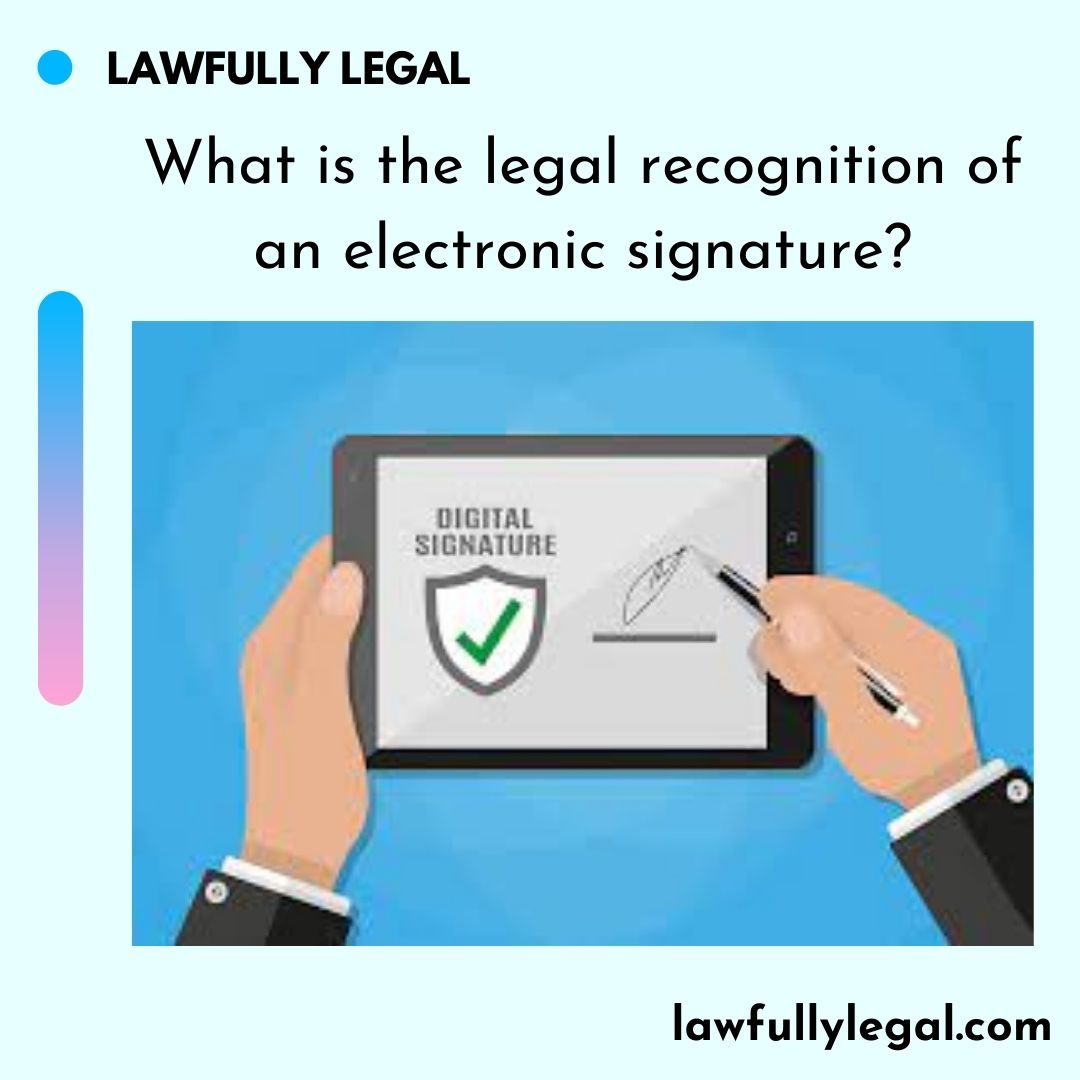What is the legal recognition of electronic signature?
Since the logistics of executing agreements in wet ink may have become currently impractical, with signatories dispersed across the country in their households, with limited access to printing, scanning and postal services, more and more organisations have decided to opt for e-signing of the agreements.
The Information Technology Act (“IT Act”), passed in 2000, grants e-signatures the same legal status as handwritten signatures and allows the execution of certain agreements/ deeds through e-signatures. The legal recognition of electronic signature has been provided under Section 5 of the IT Act.
Validity and legality of e-contracts under the Indian Law
Digitalisation has transformed India’s business landscape over the previous decades. Under Indian law, a wet ink written signature is not necessarily required for a valid contract – contracts are generally valid if legally competent parties reach an agreement, whether they agree verbally, electronically or in a physical paper document. The IT Act specifically confirms that contracts cannot be denied enforceability merely because they are executed electronically.
The IT Act broadly recognises and provides two alternatives for handwritten signatures having equivalent legal status: (i) Digital Signatures1 and (ii) Electronic Signatures2. As per Section 3A of the IT Act, any person in whose name the electronic signature has been issued, may authenticate any electronic record by asserting electronic signatures, provided such e-signature/ technique is reliable and as may be specified in the Second Schedule of the IT Act3 as mentioned herein below –
An e-signature is considered reliable if it satisfies the following requirements under the IT Act4:
It must be linked to the person signing the document/ authenticator and should be personal and unique.
The signatory/ authenticator must exercise complete control over the content/ data and the authentication date used to generate the e-signature and no other personnel.
Any alteration to the e-signature made after affixing such signature must be detectable by the authenticator.
There should be an audit trail/ history recording any and all amendments to the document and steps taken prior to and during the signing process.










Leave a Reply
View Comments